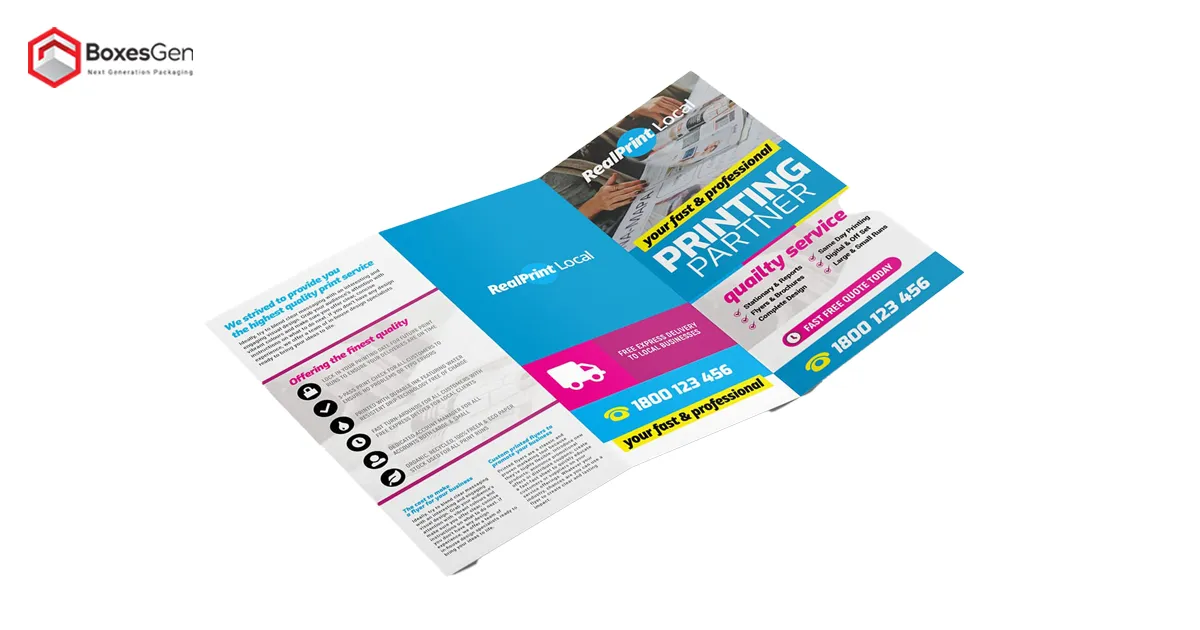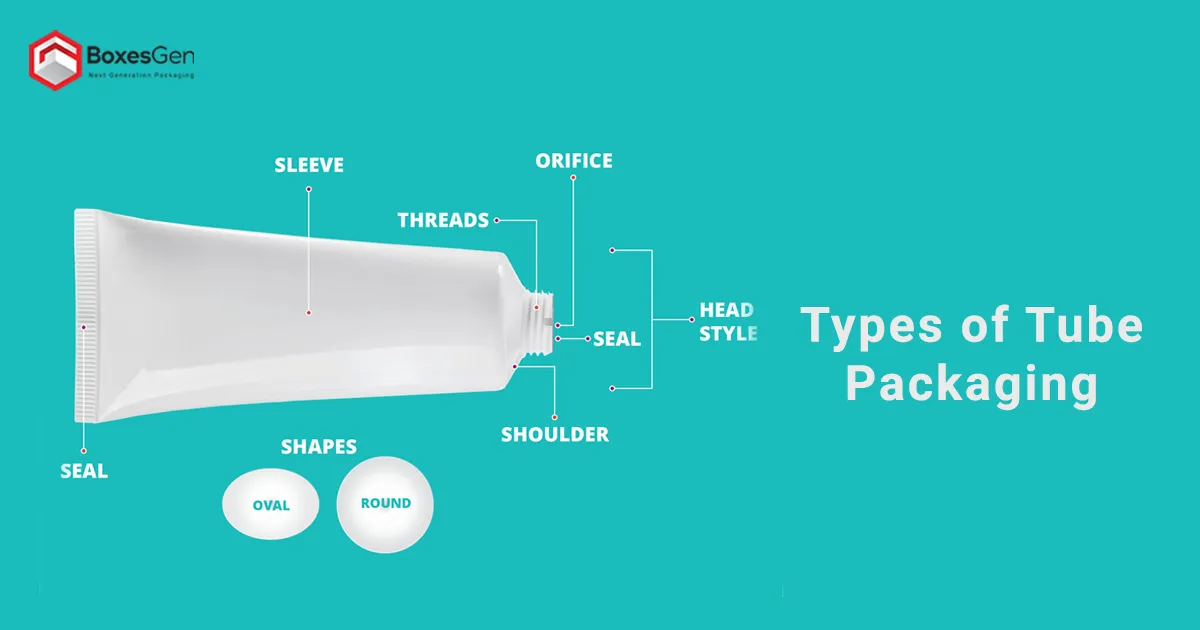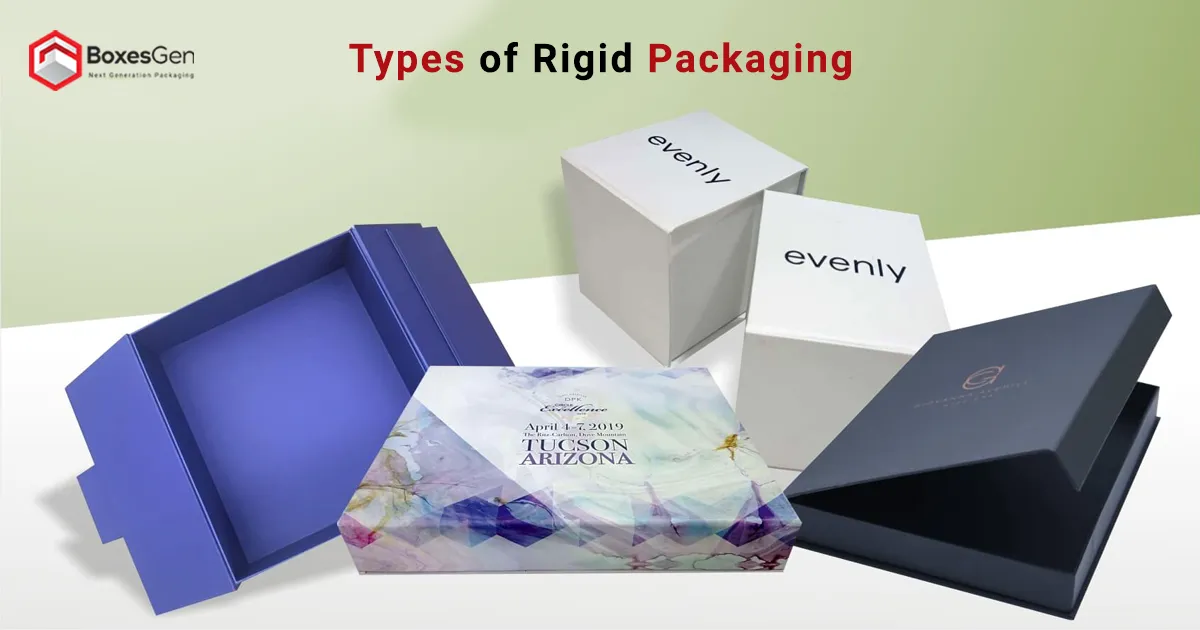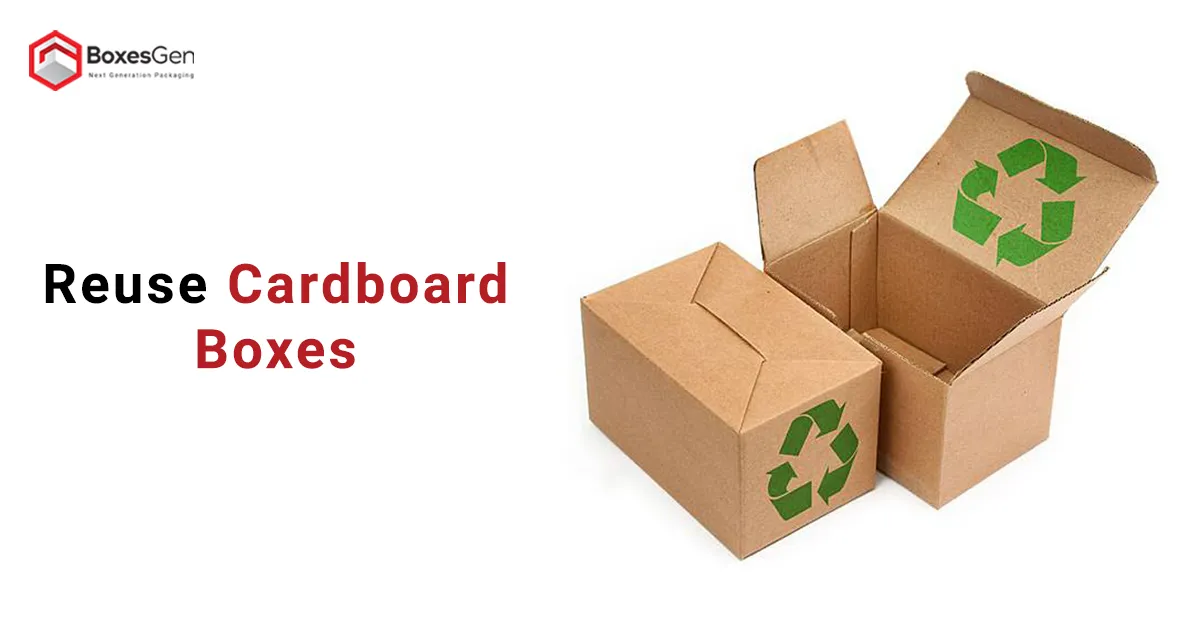Trifold Dimensions for Brochure
In today’s marketing and communication, brochures remain a stalwart tool for disseminating information effectively. Among the myriad of brochure formats, the trifold design stands out as a popular choice due to its balance between content and visual appeal. Understanding the trifold dimensions for brochures is essential for creating a well-designed and impactful communication piece.
Trifold brochures, as the name suggests, consist of three equal sections that fold over each other, creating a compact and easily distributable format. These brochures strike a harmonious balance between providing substantial information and being user-friendly. The trifold design is particularly versatile, accommodating various industries and purposes, from marketing collateral to event programs.
Standard Trifold Dimensions for Brochures
The standard dimensions for a trifold brochure are crucial to ensure compatibility with commonly used printing packaging standards. Adhering to these printer paper dimensions ensures that your brochure fits seamlessly into standard brochure holders and stands. This uniformity is not only aesthetically pleasing but also improves practicality.
- Unfolded Size: 8.5 x 11 inches (21.59 x 27.94 cm)
- Folded Size: 3.66 x 8.5 inches (9.3 x 21.59 cm)
Different Brochure Types & Sizes
Letter Size (8.5 x 11 inches)
- Folded: 3.67 x 8.5 inches (each panel)
- Unfolded: 8.5 x 11 inches
Legal Size (8.5 x 14 inches)
- Folded: 4.67 x 8.5 inches (each panel)
- Unfolded: 8.5 x 14 inches
Tabloid Size (11 x 17 inches)
- Folded: 5.67 x 11 inches (each panel)
- Unfolded: 11 x 17 inches
A4 Size (210 x 297 mm)
- Folded: 99 x 210 mm (each panel)
- Unfolded: 210 x 297 mm
A5 Size (148 x 210 mm)
- Folded: 70 x 148 mm (each panel)
- Unfolded: 148 x 210 mm
DL Size (99 x 210 mm)
- Folded: 99 x 210 mm (each panel)
- Unfolded: 99 x 210 mm
Square Size (customizable)
- Folded: Customizable square dimensions (each panel)
- Unfolded: Customizable square paper dimensions
Design Considerations for Trifold Brochures
When diving into trifold brochure design, several considerations can increase the overall effectiveness of the piece. The first panel, often the cover, should feature a captivating headline, compelling visuals, and a concise introduction. The interior panels can then delve into more detailed information, using a balance of text, images, and whitespace for readability. Paying attention to the layout, font choices, and color schemes is crucial to creating a visually appealing and cohesive design.
Additionally, trifold brochures offer the opportunity to create a narrative flow. Structuring content in a logical sequence guides the reader through the information effortlessly. Utilizing high-quality images and graphics on brochure or Packaging is also paramount for capturing attention and conveying the intended message effectively.
Designing a trifold brochure involves careful consideration to ensure it effectively communicates the intended message. Here are design considerations:
1. Layout
- Plan a clear and logical flow for the content.
- Consider the natural reading order for the target audience.
2. Typography
- Use legible fonts to improve readability.
- Maintain consistency in font styles and Standard Brochure Printing Sizes.
3. Colors
- Choose a cohesive color scheme that aligns with the brand.
- Ensure there is enough contrast between background and text.
4. Images and Graphics
- Select high-quality images and graphics.
- Ensure visuals complement the message and theme.
5. Whitespace
- Incorporate enough whitespace to avoid visual clutter.
- Allow elements to breathe, aiding readability.
6. Brand Consistency
- Maintain brand colors, fonts, and overall identity.
- Ensure the design aligns with the overall brand image.
7. Call to Action (CTA)
- Clearly define a compelling call to action.
- Make it prominent and easily noticeable.
8. Headlines and Subheadings
- Use clear and engaging headlines.
- Break down information with subheadings for easy scanning.
9. Fold Lines
- Be mindful of fold lines and ensure essential content is visible in each panel.
- Avoid critical information near the folds.
10. Paper and Printing Considerations
- Choose the appropriate paper sizes quality and finish.
- Account for bleed areas and trim margins based on printer specifications.
11. Consistent Branding Elements
- Use consistent logos, taglines, and other branding elements.
- Ensure a cohesive look across all panels.
12. Readability
- Test the brochure’s readability at different font sizes.
- Ensure there’s enough contrast between text and background.
13. Proofreading
- Carefully proofread all content to eliminate errors.
- Check grammar, spelling, and factual accuracy.
14. Audience Appeal
- Tailor the design to the preferences and interests of the target audience.
- Consider cultural and demographic factors.
15. Folded and Unfolded Design
- Design elements should work cohesively when the brochure is both folded and unfolded.
- Ensure a visually appealing experience in both states.
16. Contact Information
- Include essential contact details and relevant information.
- Make it easy for the audience to reach out.
- Creative Variations of Trifold Brochures
While adhering to standard dimensions is essential for practicality, creative variations can add a unique flair to trifold brochures. Die-cutting, for instance, allows for unconventional shapes, breaking away from the traditional rectangular form. This can be particularly impactful for industries that thrive on innovation, such as technology or design.
Another creative approach involves experimenting with perforated paper for printing and their types and finishes. Glossy finishes can increase visual appeal, while textured papers can add a tactile element, making the brochure more memorable. Incorporating folds within the panels, commonly known as gatefolds, can also be used to reveal surprise elements or highlight key information dramatically.
Practical Tips for Printing Trifold Brochures
Choosing the right printing method and Paper Material Selection is integral to achieving the desired outcome for trifold brochures. Offset printing, known for its high-quality and cost-effectiveness, is a popular choice. However, digital printing offers the advantage of quicker turnaround times and is more suitable for smaller print runs.
Selecting the appropriate paper stock depends on the intended use and budget. Thicker stocks provide durability and a luxurious feel but may be costlier. Considering the letter paper dimensions, finish, whether matte or glossy, plays a role in the overall aesthetic and readability. It’s advisable to request a printed proof before finalizing the print run to ensure the design translates well from screen to paper.
Incorporating Technology into Trifold Brochures
In the digital age, trifold brochures can transcend their traditional role by incorporating technology. QR codes strategically placed within the design can link to additional online resources, videos, or interactive content, enhancing the viewer’s engagement. Augmented reality (AR) can be employed to provide an immersive and interactive experience, turning a static brochure into a dynamic storytelling tool.
Environmental Considerations
As sustainability gains prominence, it’s crucial to consider the environmental impact of printed materials. Opting for recycled and responsibly sourced paper is a step towards eco-friendliness. Additionally, promoting digital versions of the brochure reduces the need for excessive printing. Communicating a commitment to sustainability through your brochure can also resonate positively with environmentally
conscious audiences.
Conclusion
Trifold brochures, with their well-defined dimensions and design possibilities, offer a versatile canvas for effective communication. By understanding the standard dimensions, embracing creative variations, and incorporating modern printing techniques, businesses and organizations can create impactful marketing collateral. As technology continues to evolve, integrating digital elements ensures that trifold brochures remain relevant and engaging in an ever-changing landscape. Balancing aesthetics, practicality, and sustainability is key to crafting trifold brochures that leave a lasting impression on the audience.










